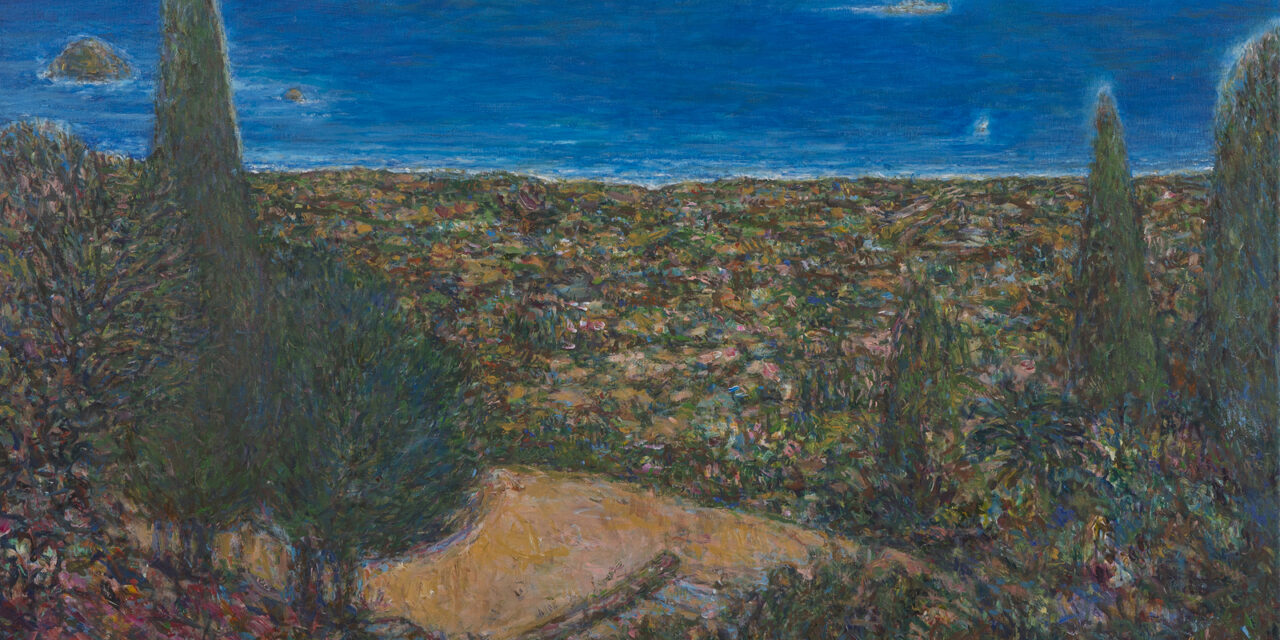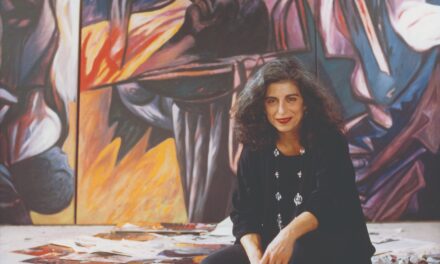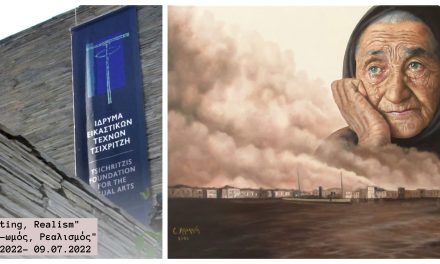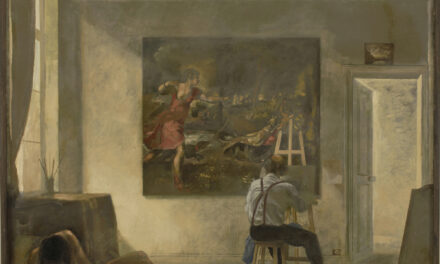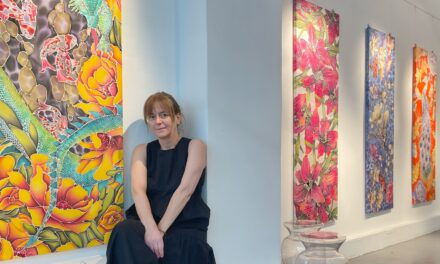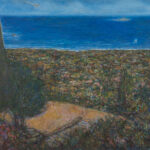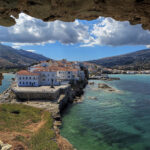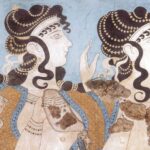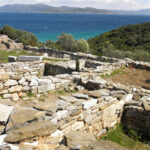The Municipal Gallery of Chania, in collaboration with the Centre for Culture, Research, and Documentation of the Bank of Greece, presents the exhibition Journeys in Art: Works from the Collection of the Bank of Greece, on view through November 2, 2025. Spanning the years 1870 to 2024, the exhibition traces the evolution of modern Greek art through one of the country’s most distinguished and carefully curated collections.
Charis Kanellopoulou, art historian, scientific advisor and curator of the Bank of Greece Art Collection, invites us to explore the broader historical and cultural narratives that have shaped Greece’s artistic landscape.
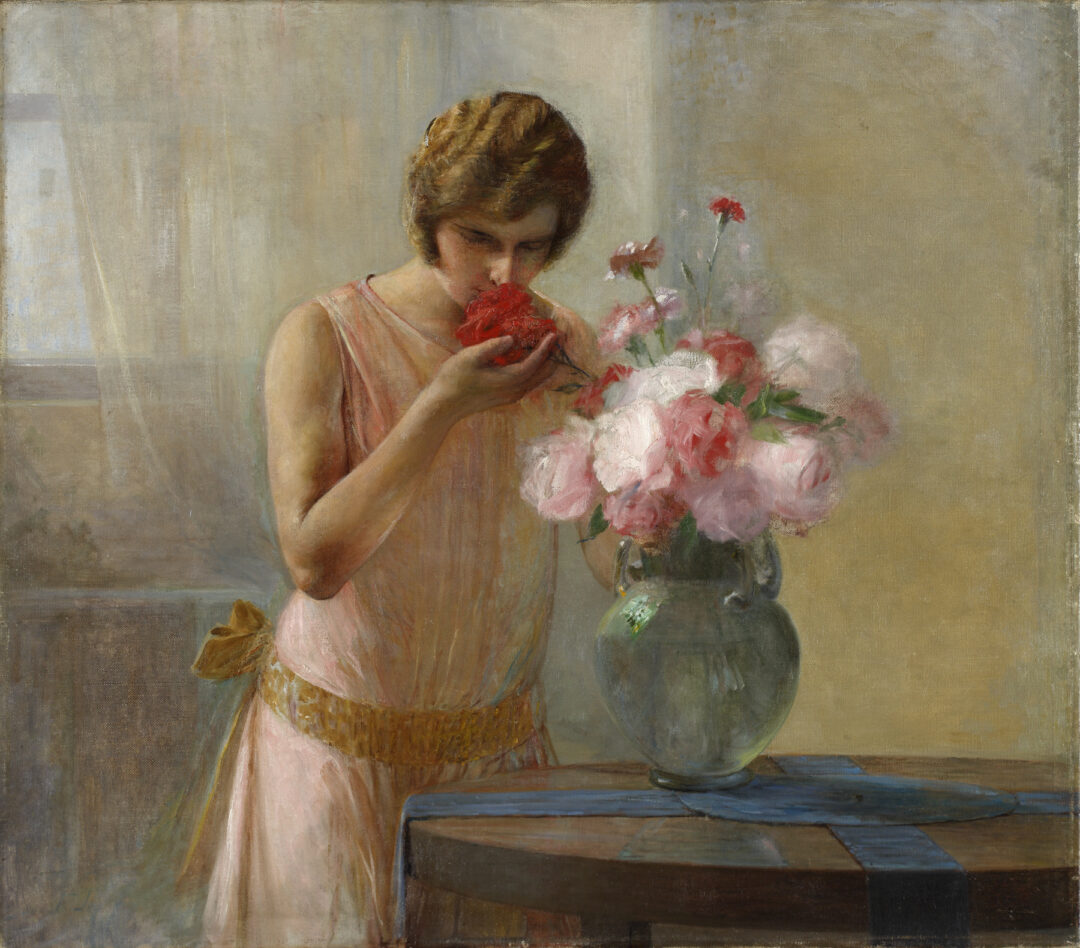
Bringing together historically significant painters, renowned modernists, and emerging contemporary voices, the exhibition unfolds in three thematic sections, or Journeys. Each Journey reflects the aesthetic tendencies and aspirations of its time, revealing how artistic expression has over time served artistic, ideological, and social goals. Charis Kanellopoulou’s curatorial essay offers a compelling framework for this remarkable exploration of Greek art.
First Journey: From the Ancient World to the Seas (19th Century – Early 20th Century)
This section presents works from the 19th century through the first half of the 20th century—a formative period during which the foundations of modern Greek art were established. Deeply influenced by the Munich School and its academic romanticism and realism, artists of this period engaged with themes of mythology, urban life, and the natural landscape, employing both idealized and naturalistic modes of representation.
As the century turned, Greek artists increasingly engaged with international artistic centers like Vienna and Paris,embraced Impressionism, Symbolism and Expressionism while continuing to draw upon national themes.
Paintings from this period feature portraits, genre scenes and depictions of the customs of the newly emerging bourgeoisie, as seen in works by Spyros Vikatos, Thaleia Flora-Karavia, and Georgios Iakovidis. In these pieces, each artist’s distinctive style is evident, often enriched by psychographic approaches that explore the inner character of the individuals portrayed.
The final stop on this first journey presents seascape paintings from the 19th and early 20th centuries. The depiction of the marine atmosphere, along with the transient qualities shaped by changing weather conditions, is rendered with remarkable mastery and invites diverse interpretations by the artists of the time.
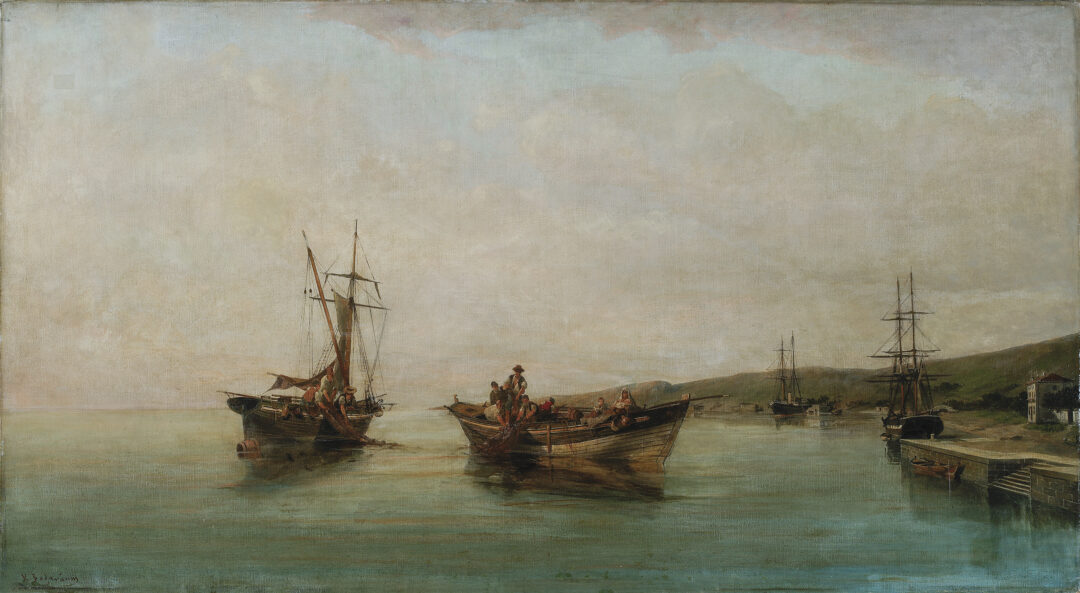
The sea, the splendor of nature, the coastal landscape as a backdrop for human presence and activity and the lives of Greek seamen and fishermen are exquisitely portrayed in the works of Ioannis Altamouras, Konstantinos Volanakis, Sophia Laskaridou and Periklis Vyzantios.
These depictions are grounded in the academic painting tradition of the 19th century, gradually evolving to embrace impressionistic influences, symbolic and expressionistic elements, and lyrical interpretations on canvas.
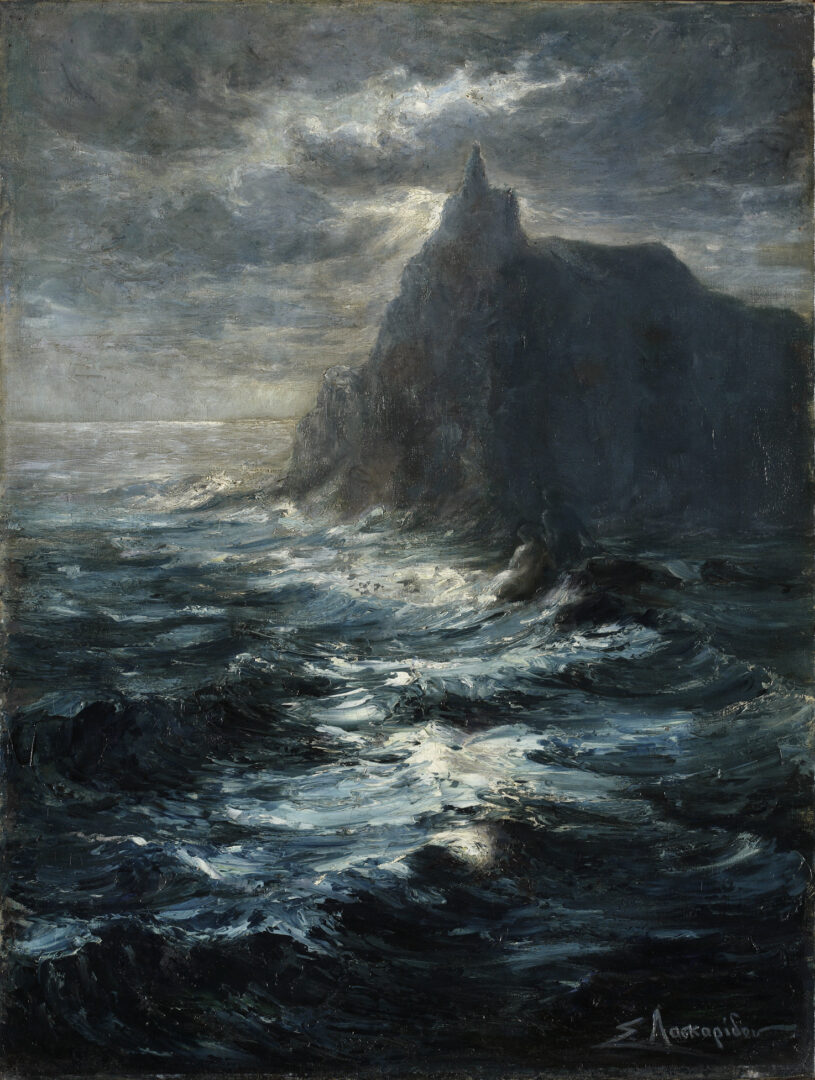
Second Journey: From Modernist Innovation to Avant-Garde Experimentation (1920s–1970s)
Beginning in the 1920s, this section highlights the new visual languages introduced by Greek modernists and culminates in the avant-garde experimentation of the 1960s and 1970s. During this period, Greek art began to diverge from rigid academic traditions, embracing elements of Western modernism while maintaining a strong connection to national identity and the local landscape.
The journey begins with works by artists who brought a renewed spirit to Greek painting in the early decades of the 20th century and concludes with creations by painters who articulated the Greek avant-garde, establishing their practice in the 1960s and 1970s. At the turn of the century, Greek painting increasingly departed from academic norms, in search of a more liberated depiction of reality shaped by the influences of Western modernism.
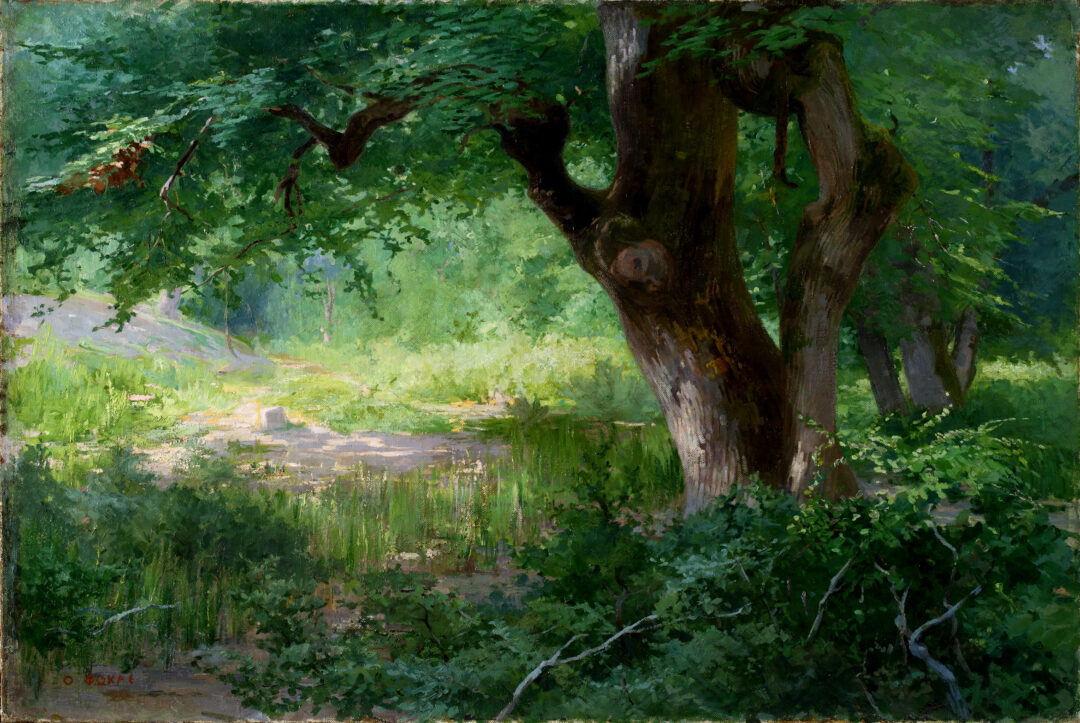
A notable example is Konstantinos Parthenis, whose anthropocentric and symbolist approach portrays historical figures through an abstract, angular, and chromatically restrained style—bridging modernist movements and Byzantine art traditions.
Subsequent works retained a modernist sensibility but shifted focus primarily to the landscape. In the early 20th century and beyond, Greek nature became a central theme for artists such as Konstantinos Maleas and Spyros Papaloukas, who interpreted the countryside and its distinctive light as part of a dual quest for national identity and avant-garde expression. This thematic interest also extended to printmaking, where artists like Giorgos Velissaridis, Vasso Katraki and A. Tassos employed wood engraving techniques to create striking visual effects that deepened the representation of the natural environment.
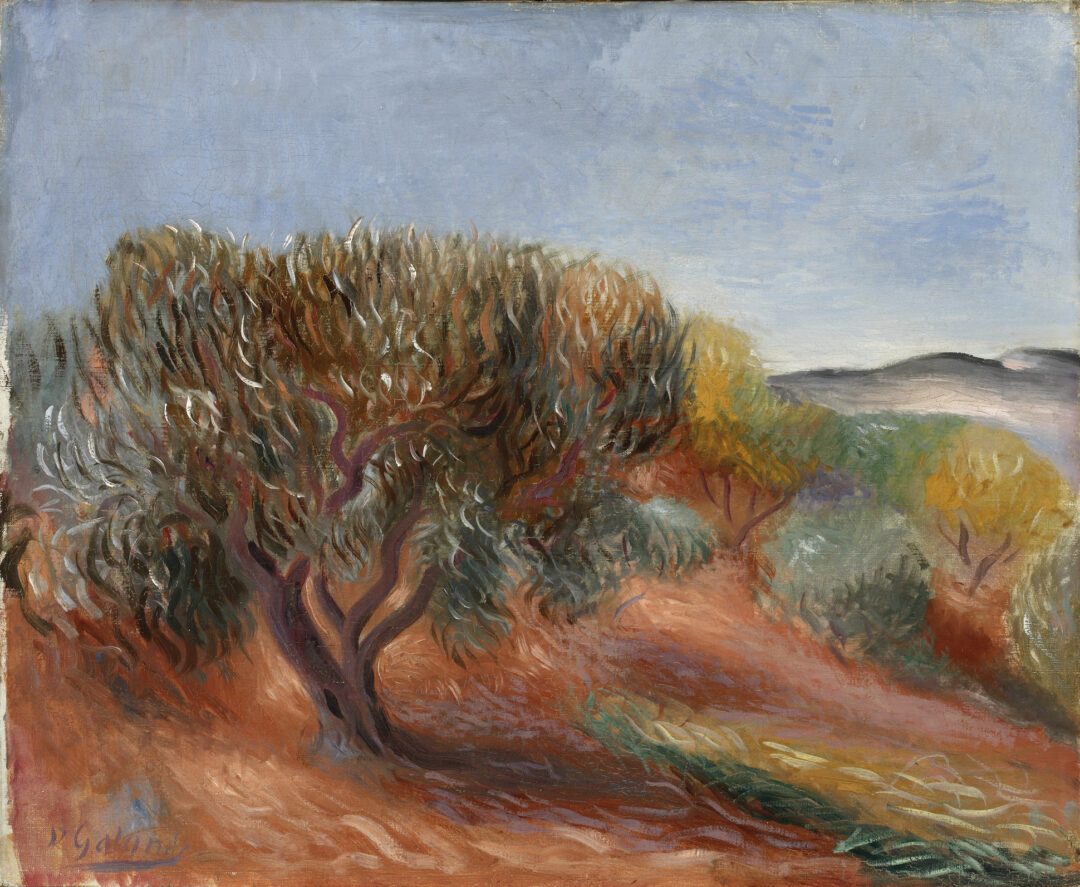
From the 1950s onward, Greek landscape painting continued to evolve through the work of artists deeply committed to the genre. Panayiotis Tetsis, for example, emphasized vivid color and radiant light, while others—such as Koula Marangopoulou, Celeste Polychroniadi, Lambros Orfanos, and Paris Prekas—moved toward abstraction, treating the landscape as a space for expressive experimentation marked by color, stylization, rhythm, and movement. Later painters, including Michalis Katzourakis and Valerios Caloutsis, pursued compositional and conceptual innovations, bridging traditional motifs.
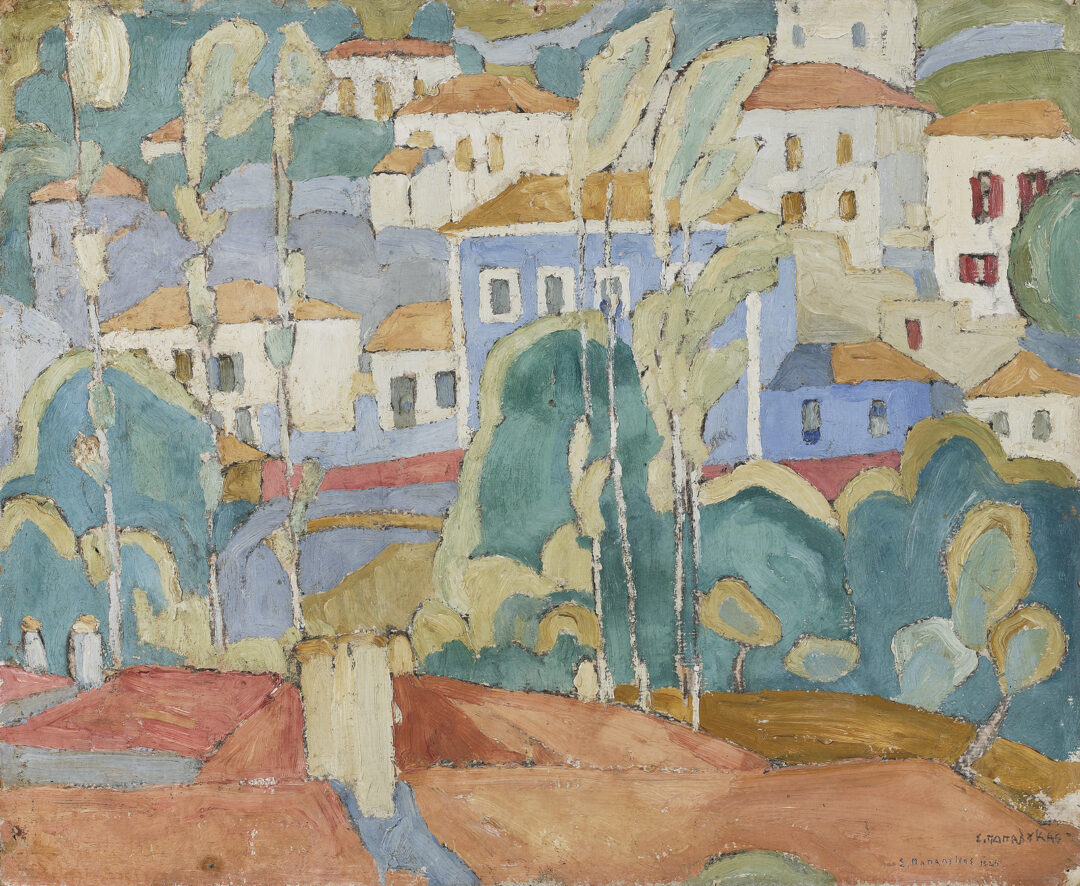
This transition naturally ushered in a generation of artists emerging in the 1960s and 1970s who played pivotal roles in aligning the Greek avant-garde with international artistic currents. For them, abstraction became a space for experimentation with diverse techniques and forms. Yorgos Lazongas and Dimitris Alithinos engage with notions of historical layering and the interweaving of temporal narratives, while Rena Papaspyrou incorporates fragments of urban decay to evoke latent landscapes that encapsulate both time and place. Leda Papaconstantinou reimagines collective symbols through dynamic color and texture, infusing these emblematic motifs with renewed vitality.
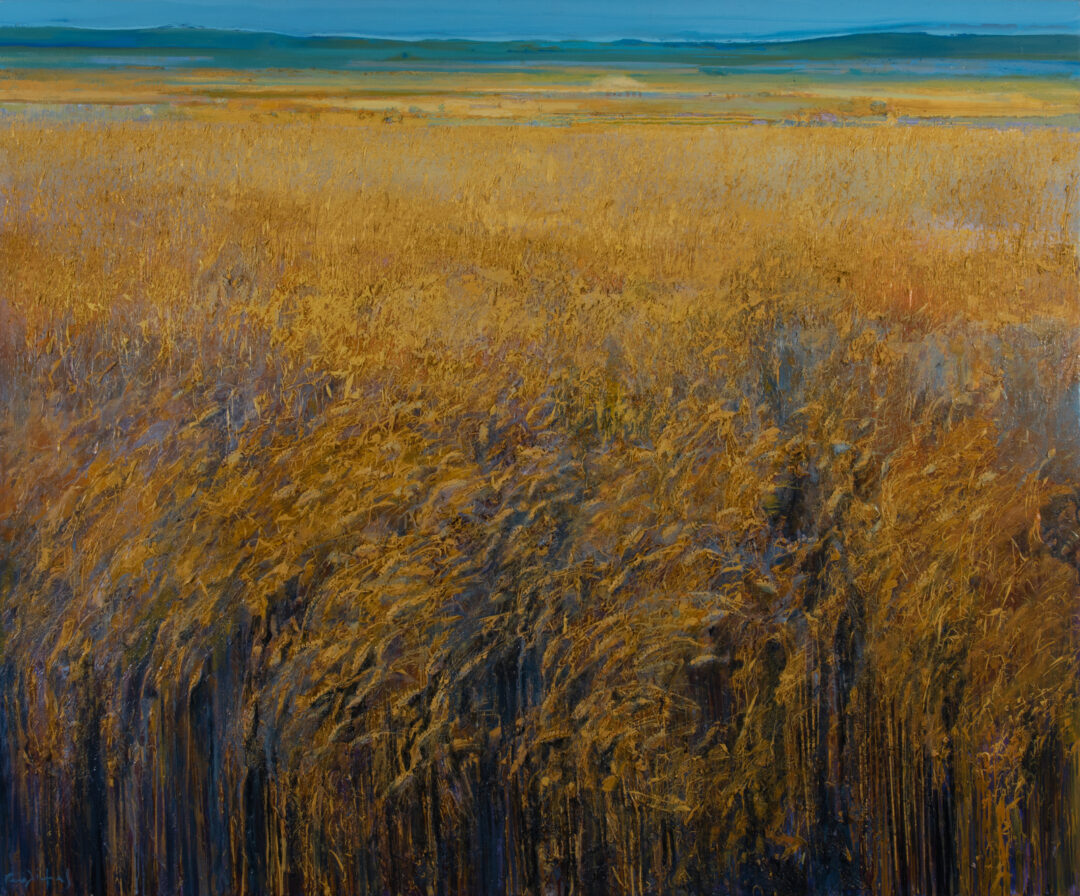
The section concludes with artists exploring themes of human existence and modern life through diverse artistic languages united by common thematic concerns. Jason Molfessis reflects on the human form in relation to technology and mechanization; Vangelis Dimitreas presents a vibrant yet fragmented figure symbolizing the tensions of modern life; and Constantin Xenakis addresses the human condition through a distinctive visual code inspired by urban experience.
Third Journey: From Modern Representation to Contemporary Abstraction (1970s–Today)
The return to representation—the essential visual language for portraying the human form—opens the third section. Moving alongside photography’s quest to capture the moment, portraits increasingly invest in psychographic introspection, offering a sharper sense of revelation regarding individuality. The human figure is portrayed with varied aspirations: works by Yannis Tsarouchis, Giorgos Rorris and Stefanos Daskalakis emphasize psychographic realism grounded in everyday familiarity whereas Tassos Mantzavinos and Edouard Sacaillan explore psychographic depth with an expressionistic intensity, employing design and form to deepen psychological insight.
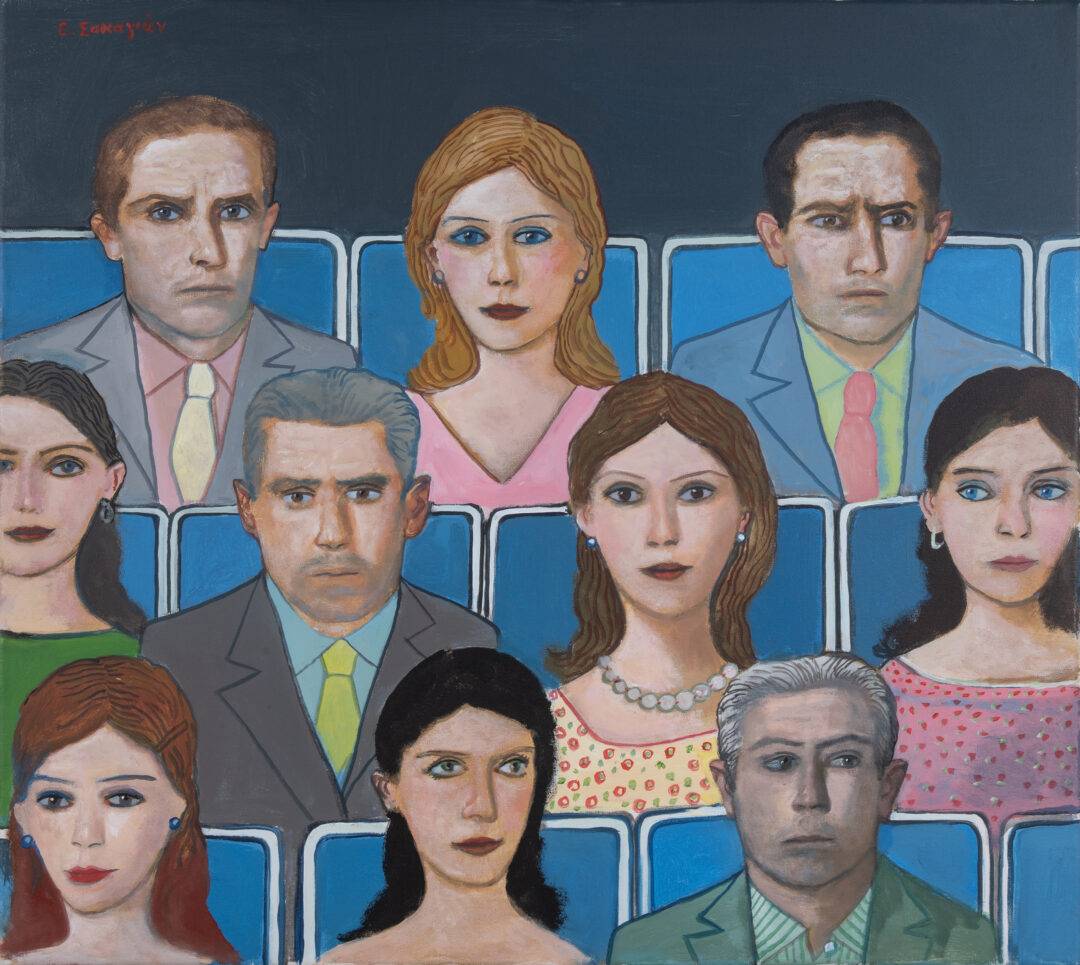
Nikos Kessanlis depicts human presence through mechanical means, Makis Theofylaktopoulos depicts boldly outlined figures while Christina Calbari depicts her contemplative figure, set against an imaginary landscape open to interpretation.
Moving forward, the human figure remains either a dominant narrative tool or becomes suggestive, intersecting with renewed interest in ancient Greek heritage and recent history as preserved in personal and collective memory. This is evident in the works of Kyriakos Katzourakis, Vana Xenou and Thalia Chioti.
A thematic shift marks the next stage, with landscapes stemming from personal memories and symbolic or conceptual quests. From the 1990s onward, modern landscape art serves as a point of reference for artists exploring both traditional and new concerns. The city often appears as a backdrop, reflecting the pulse of contemporary reality, as seen in works by Dimitris Andreadakis, Ilias Papailiakis, Io Angeli, Markos Kampanis, Anestis Ioannou and Maria Ikonomopoulou.
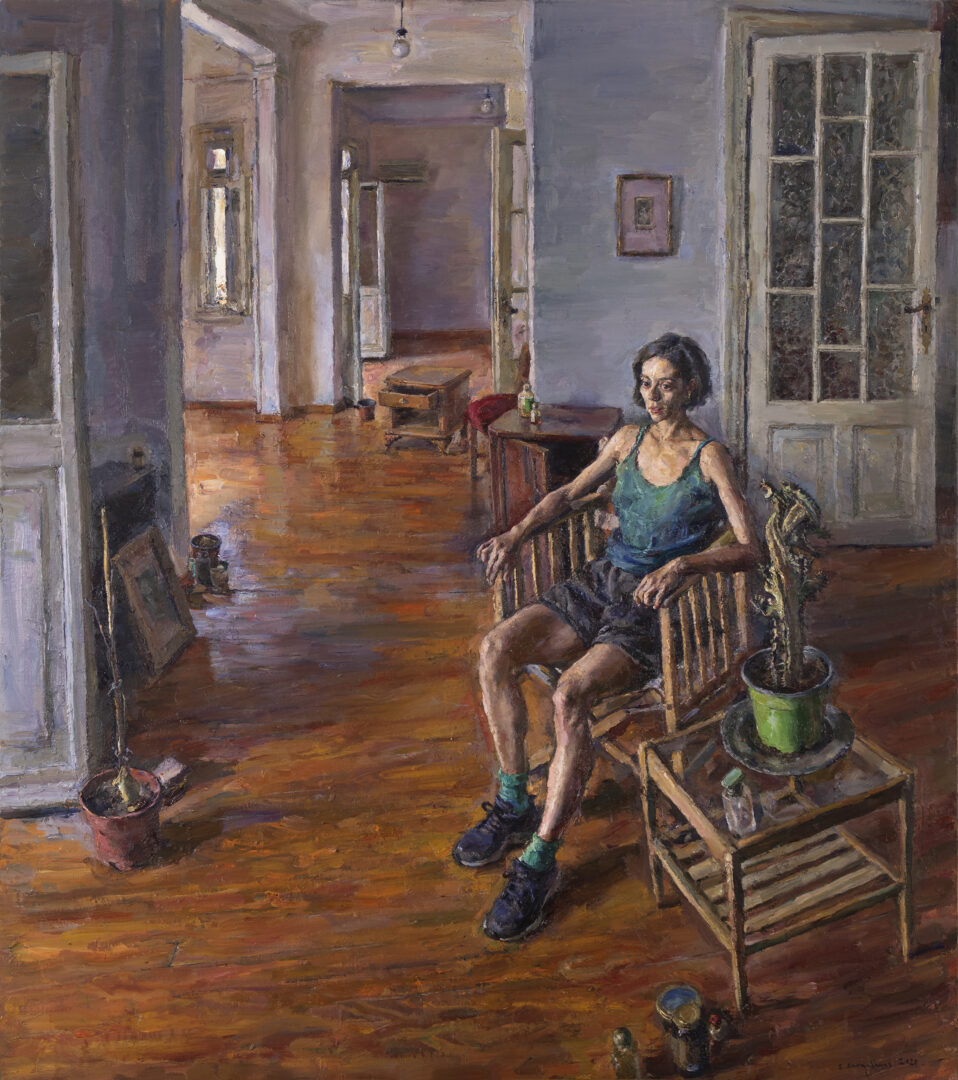
Natural landscapes emerge as central themes, often evoking nostalgia or environmental anxiety. Whether rendered realistically, abstractly, or symbolically, these landscapes often reflect personal experience while inviting viewers to explore broader historical, social, or cultural meanings. Artists such as Maria Ziaka, Jannis Psychopedis, Maria Filopoulou, Miltos Golemas, Yannis Michailidis, Panos Charalambous, Michalis Manousakis and George Stamatakis exemplify this engagement.
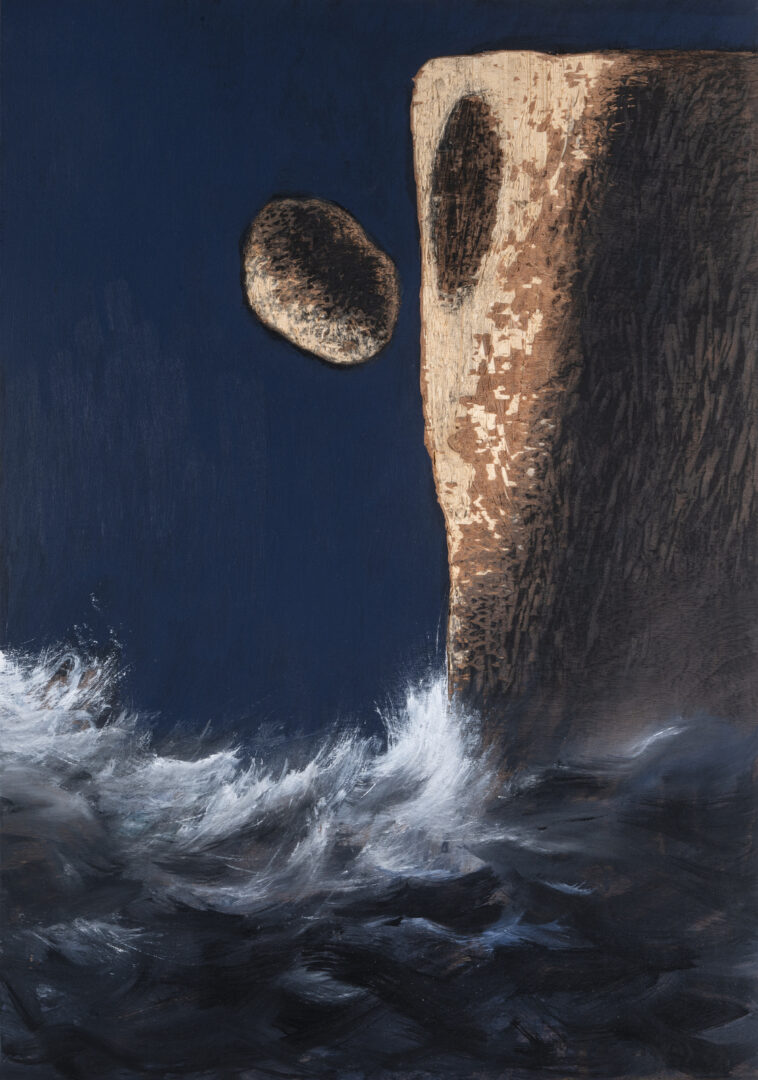
Concluding this exploration, contemporary abstraction arises as artists transition from literal landscapes to purer loci—material, spiritual, or symbolic. Painters like Yiannis Adamakos, Eugenia Apostolou, Katerina Sarra, Manolis Charos and Kostis Velonis offer subjective visions focused on the poetry of color and light, material movement, and rhythmic surface patterns. Through personal methods and innovations, these artists situate their work within a broader intellectual pursuit aimed at evolving painting and continually transforming the tangible world into contemplative artistic expression.
Featured image: Jannis Psychopedis Landscape from Cephalonia
Dora Trogadi
TAGS: ARTS

